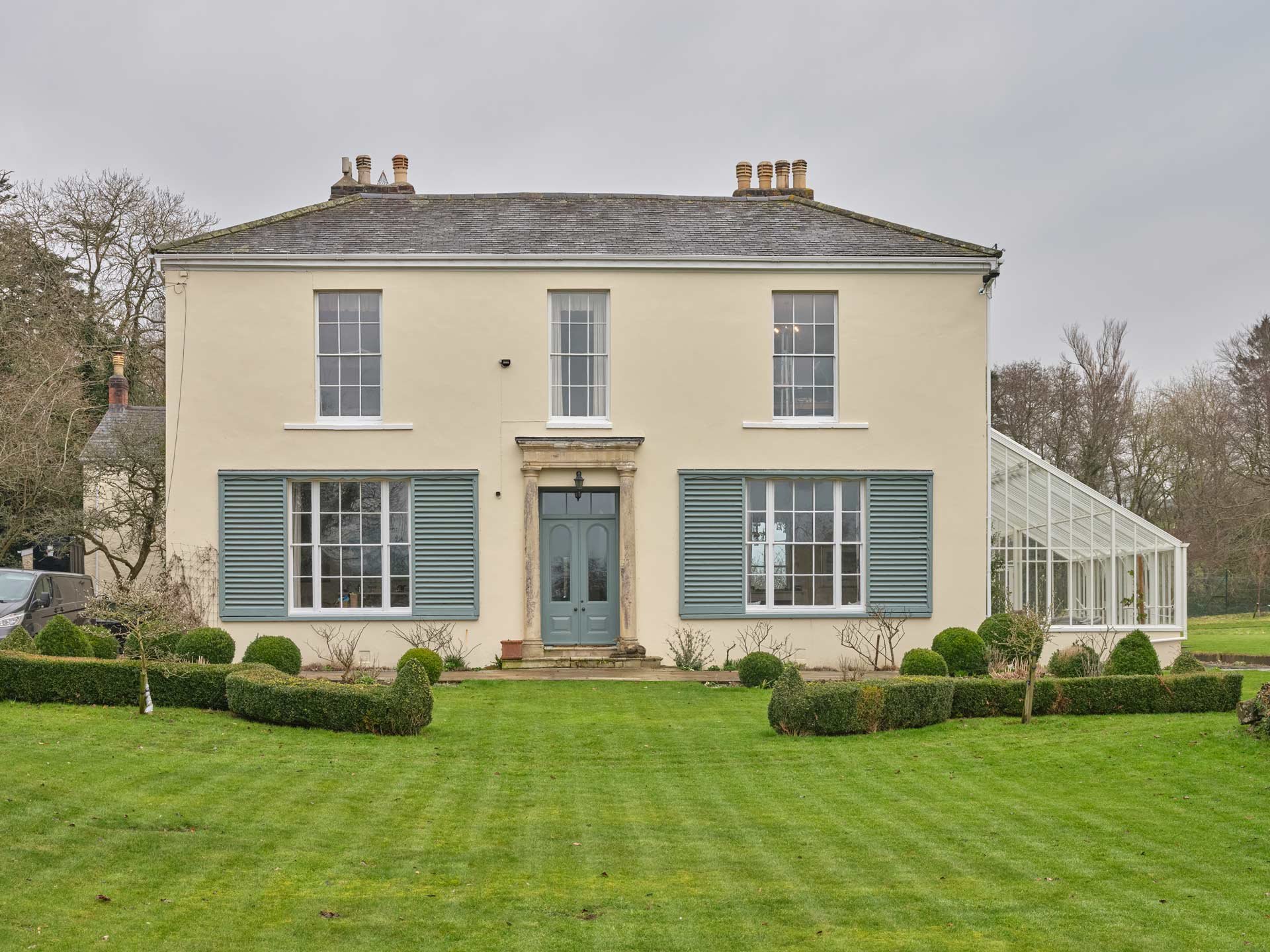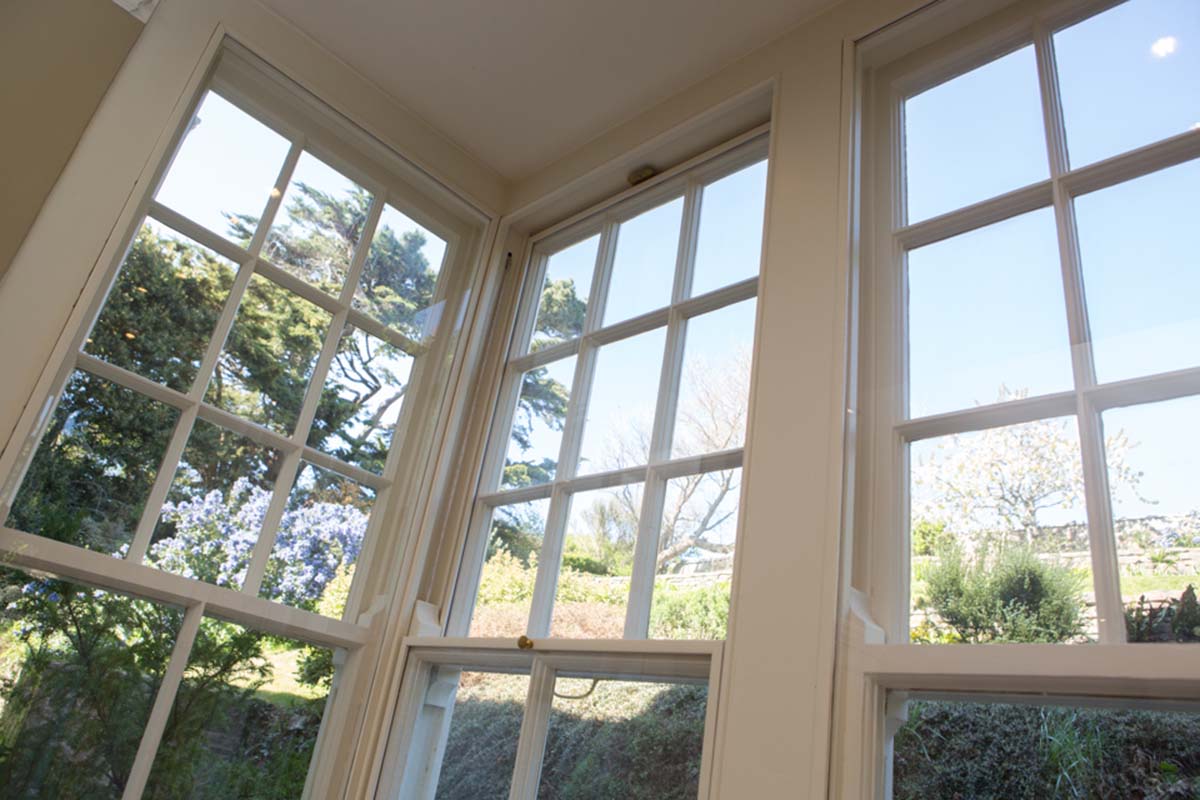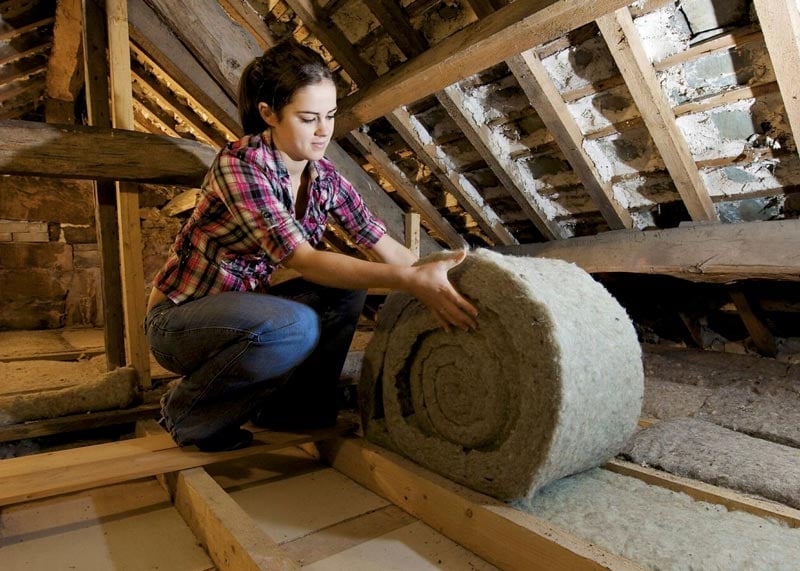This is the second feature in our three-part series on achieving carbon neutrality in a period or listed home.
In the first, we explained the meaning of carbon neutrality and why the way you heat your home matters. This time, energy-efficiency expert Mukti Mitchell, founder of Mitchell & Dickinson and Carbon Savvy, explains how to prepare your home for the retrofitting of energy-saving solutions.
Why isn’t changing our heating systems enough?
Before installing a low-carbon heating system, such as an air- or ground-source heat pump, it’s vital to address the amount of heat your home loses. If the heat loss is not reduced first, the heat pump may not be able to cope with the heating demand, and will be much more expensive to run. The principle, known as ‘fabric first’, means addressing the fabric of the building first.
Unlike fossil fuel boilers, which provide hot water, heat pumps only provide warm water, so a property needs to be properly insulated in order to achieve, and then sustain, a comfortable temperature. When they’re correctly insulated, homes can be heated with smaller heat pumps which require less energy and can sometimes even operate with existing radiators. It’s therefore far more cost-effective to carry out the retrofitting of insulation before you install a low-carbon heating system.
In a typical uninsulated period home, 30 per cent of heat loss occurs through draughts, 25 per cent through walls, 20 per cent through glass, 15 per cent through floors and 10 per cent through the roof. By improving insulation in your roof (loft and sloping ceilings), walls and floors, and by installing secondary glazing and tackling draughts from doors, windows, floors and utility ducts, it’s possible, in many cases, to reduce heat loss by 60–80 per cent.
In fact, the easiest and most cost-effective energy-saving solutions for a period property are upgrading the loft insulation, installing secondary glazing and integrating draught-proofing. These three measures alone, on a four-storey terraced house with no existing draught-proofing, can result in a heat saving of up to 50 per cent.
What’s the best approach to retrofitting energy-saving solutions?
Before retrofitting a period property, speak to an expert in the field. Each period property is unique, and it’s crucial to work with the fabric of the building to prevent problems occurring in the future. Some of the works recommended prior to retrofitting include restoring windows and doors before secondary glazing is fitted, and dealing with damp problems. It’s also important to make sure there is adequate ventilation in your home.
Insulation is like wrapping your home in a duvet. When you’re tucked up in a duvet, you don’t need any extra heating, even when a window is open. A well-insulated property will retain a much higher proportion of the heat put into it, in the same way. But it can also trap moisture if the preparation and insulation works haven’t been carried out correctly and with adequate ventilation provision. Always take a holistic approach.
In the third and final feature of the series, we’ll take a closer look at retrofitting your property with energy-saving solutions, and get Mukti’s insights on the most popular measures undertaken by period homeowners.










